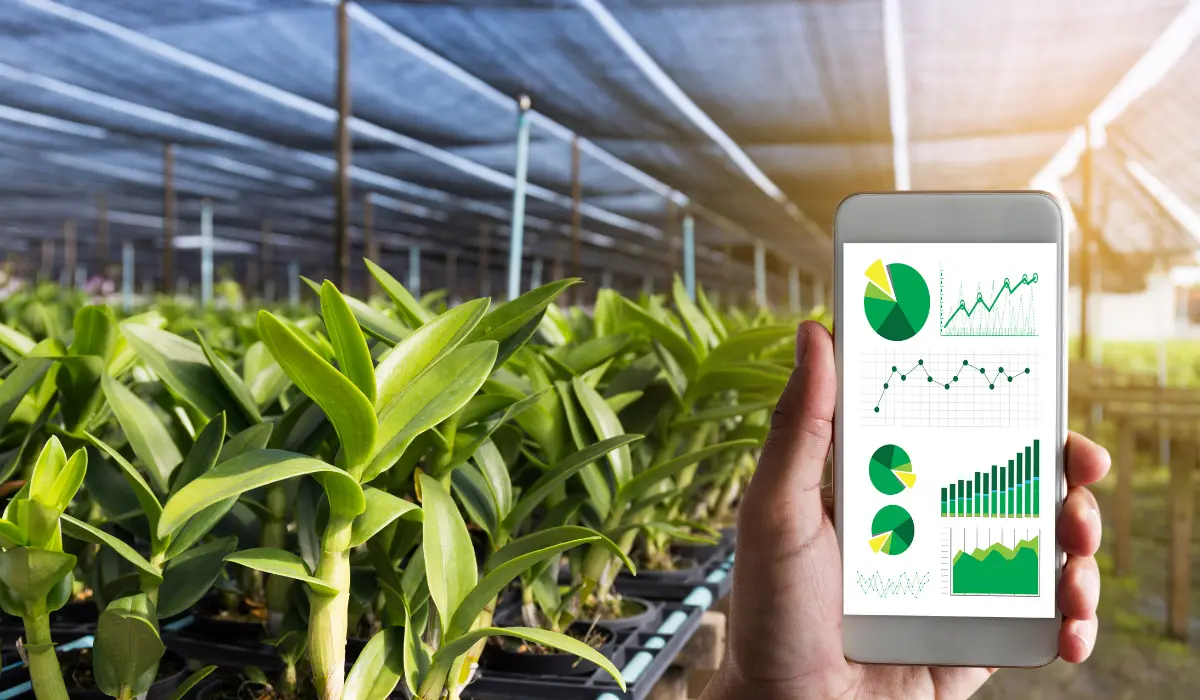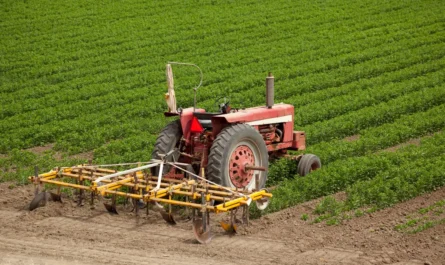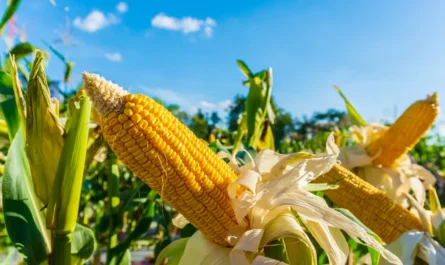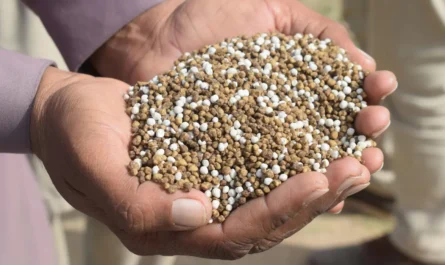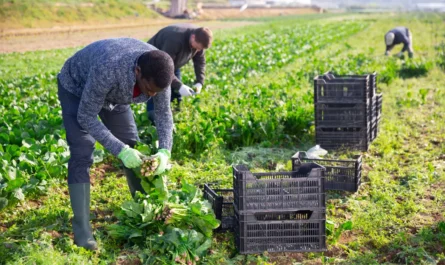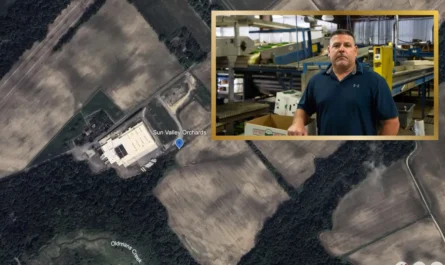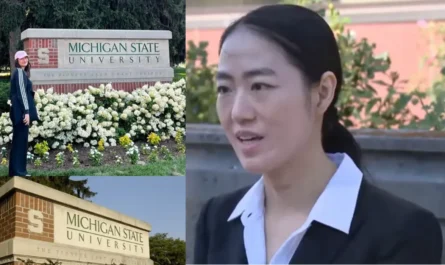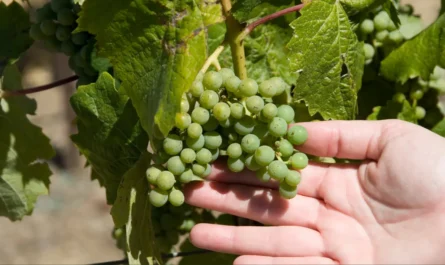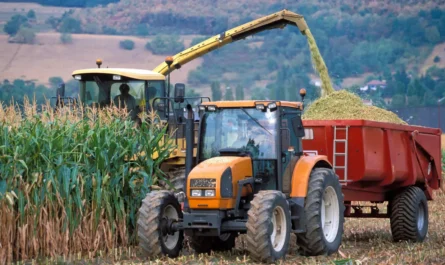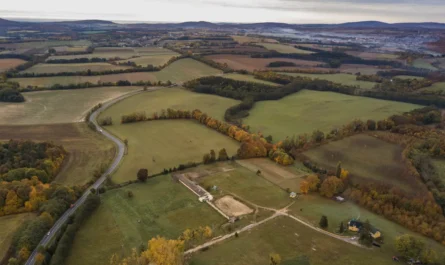As the world grapples with declining soil fertility, climate instability, and ecological breakdown, a new critical review is spotlighting regenerative agriculture as a transformative path for the future of farming.
Published in CABI Agriculture and Bioscience, the study outlines a framework for regenerative practices that place soil restoration and ecological cycles at the center of agricultural production.
The paper, authored by Dr. Nicholas Bardsley from the University of Reading’s Department of Agri-Food Economics and Marketing, synthesizes insights from scientific literature, farmer experiences, and agroecological theory.
It argues that regenerative agriculture (RA) represents not just a suite of techniques, but a fundamental rethinking of how food is grown and what it means to farm in harmony with nature.
Defining regenerative agriculture
Although the term “regenerative agriculture” has gained widespread attention in recent years, its definition remains contested. According to Dr. Bardsley’s analysis, the concept should not be reduced to a rigid checklist of methods. Instead, regenerative farming is best understood as agriculture designed to work with natural nutrient, carbon, and water cycles, producing outcomes that reflect improved soil function and ecological resilience.
This approach emphasizes results, such as stronger biological activity in soils, higher resilience to stress, and more efficient nutrient cycling, rather than enforcing uniform practices across diverse farming contexts. In other words, it is outcome-driven rather than prescriptive, offering flexibility for farmers in different climates and landscapes.
Soil as a living system
At the heart of regenerative agriculture is a redefined understanding of soil. Conventional models often regard soil fertility as a slowly declining resource, with degradation seen as largely irreversible.
Yet recent soil ecology research paints a different picture: biological processes, especially interactions between plants and microbes, can rebuild soil organic matter and structure much faster than once assumed.
Practices such as cover cropping, reduced or zero tillage, rotational grazing, and the application of biological soil amendments are key tools within regenerative systems.
These methods aim not only to conserve soil, but to actively rebuild its function by stimulating the “soil food web” and re-establishing natural nutrient and water cycles. In this way, regenerative farmers are pursuing restoration rather than mere preservation.
Wider ecological and societal benefits
Beyond soil recovery, the review highlights a spectrum of broader co-benefits linked to regenerative agriculture. These include:
- Climate mitigation: By enhancing carbon sequestration in soils and reducing dependency on synthetic fertilizers, RA can help cut greenhouse gas emissions.
- Biodiversity gains: Farming practices that support soil health also promote above- and below-ground biodiversity, from microbial communities to pollinators and wildlife.
- Resilience to shocks: Healthy soils improve water retention and plant resilience, offering greater protection against drought, disease, and market fluctuations.
- Human health connections: Emerging studies suggest that improved soil health may increase the nutrient density of crops and influence human health through microbial exposure. While still a developing field, this link points to potential public health benefits of regenerative practices.
Barriers to adoption and systemic challenges
Despite its promise, the widespread adoption of regenerative agriculture faces significant hurdles. One major barrier is the lack of long-term, systems-level research funding that can adequately capture the complex interactions within farming ecosystems.
Current policy frameworks, such as the United Kingdom’s Environmental Land Management scheme, are criticized for being too narrow, failing to incentivize holistic changes across entire farm systems.
Another challenge lies in the risk of commercial co-option. As interest in regenerative agriculture grows, certification schemes and market-driven approaches risk turning the term into a marketing label, vulnerable to greenwashing.
The review warns that this dilution could undermine the ecological integrity of RA and stresses the importance of keeping farmer knowledge, local adaptation, and ecological monitoring at the center of the movement.
Toward a new farming paradigm
Dr. Bardsley frames regenerative agriculture not simply as a collection of sustainable farming techniques but as a paradigm shift. It challenges entrenched assumptions in both science and policy, emphasizing that soil is not inert matter but a living system capable of renewal when managed through ecological reciprocity.
For regenerative agriculture to realize its potential, the review calls for greater investment in whole-system research that acknowledges the complexity of farming ecosystems. It also stresses the need to empower farmers as active participants in generating ecological knowledge, rather than treating them merely as recipients of prescriptive guidelines.
The road ahead
The review positions regenerative agriculture as a critical response to some of the most urgent challenges facing global food systems: soil degradation, biodiversity loss, and climate change.
By focusing on outcomes rooted in ecological processes, it provides a flexible yet scientifically grounded approach to farming that could reshape the way food is produced worldwide.
While adoption is not without obstacles, the growing recognition of soil as a living system opens new possibilities for restoring ecosystems, strengthening food security, and improving human well-being.
The challenge now lies in aligning policies, funding structures, and research agendas with this regenerative vision, ensuring it remains farmer-led and ecologically authentic, rather than diluted by short-term market interests.

